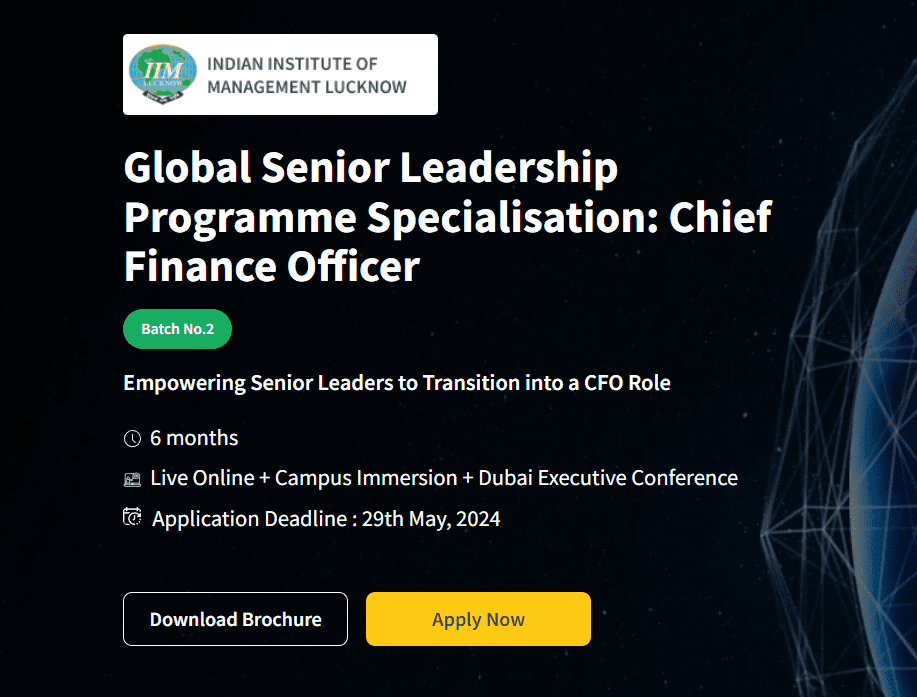Many old-line firms struggle with changing their business models to meet contemporary informational requirements. Transitioning from outdated processes to agile, tech-driven operations is crucial to stay competitive. Having said that, this move is more than just adopting a few tools here and there; it requires a strategic overhaul of the operations and culture.
That is why let’s examine some best practices for business model innovation that help legacy organisations succeed in present-day environments.
Challenges of Legacy Organisations
Legacy organisations are also constrained in several ways when attempting to adapt to the dynamic digital environment. Here are some of the primary challenges that make modernisation of such businesses a complex process:
- Outdated Business Models
Most legacy organisations have functional business models that once worked but are unable to cater to clients’ expectations of today. These outdated models limit flexibility, slow decision-making, and restrict innovation. These factors make it cumbersome for legacy firms to address the current market dynamics.
- High Cost of Legacy System Maintenance
The main problem with contemporary legacy systems is that their maintenance and upgrade are rather time-consuming and expensive. Most of these are outdated technologies; they slow down operations.
Additionally, they reduce operational productivity and require significant resources to manage. This dependence on outdated infrastructure makes legacy system modernization a critical challenge for many organisations.
- Cultural Resistance to Change
Amongst many factors, there is a vital and well-rooted resistance to change in the organisational culture of legacy firms. Their comfort of working with conventional frameworks usually forces them to resist technological and various other changes.
This will make the business model innovation more complex and difficult to implement in these companies. Thus, it will slow down the business transformation process.
- Pressure from Digital-first Competitors
Legacy organisations still compete against digital-native firms because they are often more innovative with better tools and resources. This pressure to modernise quickly can be overwhelming as financial and logistical challenges hinder fast transformation in most organisations.
- Delays in Full Modernisation
Disrupting established ways of functioning is never easy, and this usually results in time consumption. These challenges can hamper the process of a legacy organisation attaining a new strategic state, thus not being able to compete in the new digital economy.
Therefore, meeting these challenges is critical if legacy organisations are to compete effectively in the current market.
Best Legacy System Modernisation Strategies
Business organisations require legacy system modernization when they want to replace old technologies and business operations. Here are some ideas on how they can move forward with it.
- Recognising the Need for Change
Legacy organisations depend on long-standing structures, and many of their practices are ingrained. These systems can be useful in some way in the past, but as technologies evolve, they may turn into a problem. Therefore, legacy system modernization can be described as the process of enhancing the operational productivity in an organisation, creating better customer satisfaction and manageability.
Chief financial officers (CFOs) and other officials of the finance team are well-placed to determine what changes are necessary and how they might mobilise the investment required for transformation.
- Embracing Digital Transformation
Digital transformation is not just about adopting new technologies. It is about cultural transformation across the organisation. Legacy firms should, therefore, focus on the transformational use of digital tools for upticks in process efficacy, customer interactions, and analytical insights.
By using cloud computing, artificial intelligence, and data analytics, businesses can make strategic decisions for the benefit of the firm. This change is not only effective but also powerful in enhancing the organisation’s competitive capacity in the digital business landscape.
Focusing on the skills and knowledge that help CFOs lead digital transformation, the IIMI CFO programme prepares financial managers of traditional organisations for modernisation. Connect with Imarticus Learning to know more about the reputable programme.
- Prioritising Business Model Innovation
To ensure that legacy organisations stay up to date with the current market trends, business model innovation is inevitable. However, today’s business environment may have changed dramatically, and traditional business models may no longer meet customer expectations or market demands.
Thus, by redeveloping value propositions and searching for new delivery mechanisms, organisations can respond to the conditions they face. Recommended changes to business models encourage traditional firms to look for new methods to create value, such as relying on subscriptions, digital goods, or collaborating with technology firms.
- Driving Change with a Customer-centric Approach
Every drive for modernisation must target enhancing the customer experience. With a focus on the customer, an organisation can easily see the gaps in business models and more easily manage interactions. There are two ways of getting what customers value: analyse the customer feedback and observe customers’ behaviour.
This approach enables legacy organisations to modernise effectively and create new ways in areas that close the gap with customers, thus making the process very beneficial.
- Building a Culture Open to Innovation
Programmes that involve the integration of advanced techniques into traditional systems need adequate organisational culture change. Therefore, managers and supervisors need to create a culture that would encourage a positive attitude regarding innovation and the adoption of technology.
This change has to be made through training, motivation, brainstorming, and seminars. This way, organisations are able to adapt to change processes more quickly and create environments that match today’s business models.
- Developing Strategic Partnerships
Legacy organisations must partner with tech companies or startups to accelerate their modernisation process. When working with companies focusing on digital transformation, these organisations can leverage those specialists’ knowledge and equipment.
These partnerships also enable legacy companies to use new solutions while avoiding the steep learning curve necessary for such an adoption, which would cause disruptions to their daily operations.
- Equipping CFOs to Lead Modernisation Efforts
Legacy system modernization requires more from today’s CFOs. They are also strategic players in the process. Such a situation allows CFOs to look at financial requirements as well as those of operations.
Therefore, the right CFO course prepares finance leaders to manage digital change, enable business innovation, and create organisational structures that support a steady focus on technology in achieving the intended goal of a business enterprise.
- Measuring and Adjusting for Continuous Improvement
The process of business modernisation is not a single incident; it is an ongoing process. This work suggests that as new challenges and technologies emerge, it is essential to track the level of progress and make a change whenever necessary.
The use of some metrics assists organisations in determining the effectiveness of taking on digital transformation and modernisation initiatives. Furthermore, sustainability ensures that organisations remain agile and adaptable in a rapidly changing market.
Conclusion
Modernising legacy organisations is a complex process that can only be achieved with a strategic approach. This approach combines the innovation of business model and digital transformation with a specific focus on customer requirements and organisational effectiveness. Those managers and CFOs who change their business models can transform traditional firms into today's organisations that effectively operate within the current environment.












